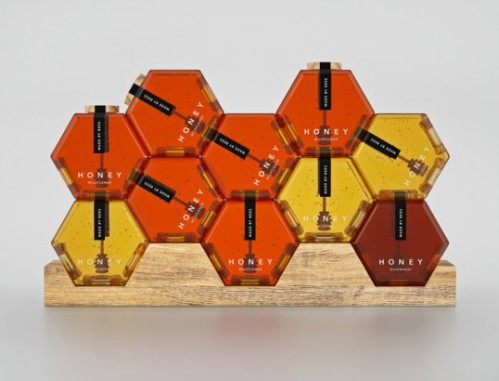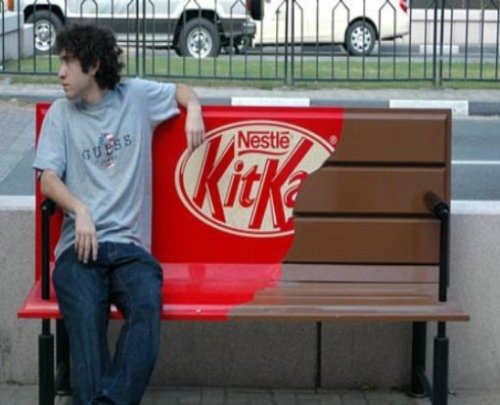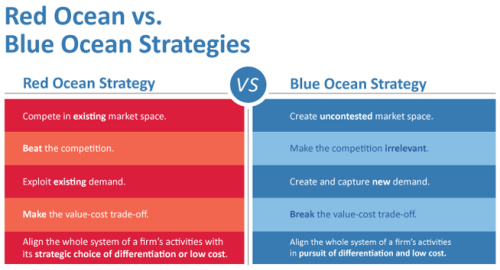
Whether offering products or services, a business is expected to create connections and engage in conversations with its prospective clients ─ but equally important, with its existing clienteles. While these connections might come in the form of attractive print ads, or utilizing social media/digital platforms, or even face-to-face interactions at various touch points, they should all be tailored to initiate meaningful conversations between brand and consumer. Conversations that can achieve sales targets along with obsessive fan followings which ultimately boost the popularity of the brand.
Customer engagement: the essentials
More than 20 years ago, a popular method for companies to obtain sales was to utilize a sales force and apply pressure tactics. Some companies used the telephone as their tool of choice for cold calling. This was a typical marketing and sales approach. Sales staff where trained in persuasion and closing techniques including answering the most popular objections. This is what is known as a “push” strategy. Today, customer engagement works in reverse. It is the customer, whether an end-user or a business, who decides if and when to communicate with a company. The typical contemporary consumer has the power of the internet and word of mouth in determining great deals and which brands they should be transacting with. Moreover, on the consumer side, there are countries with strict national regulations concerning telephone solicitation. This has had companies scrambling to stay relevant with the times and is considered a “pull” strategy. There is also a refined marketing method known as “Permission Marketing” (opposite of interruption marketing) which was coined by marketing maven Seth Godin. As a result, marketers have been adjusting their strategies and integrating them with online and offline marketing activities, along with a laser focused approach with their specific audience. This has resulted in deep customer engagement.
Customer engagement is not a single outcome ─ it is an ongoing dialogue. They have come to expect more personalized interaction, customized solutions, timely results and most certainly a “bang for their buck.” This requires brands to be customer centric ─ with everyone in the organization on-board, in addition to being well versed in the digital age. This includes blogging, Twittering, Instagram posting and viral marketing among others. One other notable trend is towards widespread audio and video production and communication. From podcasting to mobile video, audio and video is predominating in our digital world.
Push vs. Pull marketing
Push marketing and pull marketing are different yet complementary marketing methods for promoting a business – most notably online.
Push marketing is more traditional methods of advertising – essentially, you are pushing your message to your audience, regardless of whether they want to receive your message or not. Push marketing focuses on product features and awaits the audience to respond. Examples of push marketing include email marketing, website advertising, and cold calling.
Pull marketing is more proactive, pulling the customers toward your brand/product with targeted messages they care about. Pull marketing is all about brand building. Examples of pull marketing include media interviews, public speaking, and word of mouth advertising.
The holistic approach
Consumers today are more brand conscience, better informed and with more options. Despite this, there are companies which continue to spend money advertising and selling product rather than brand. They place emphasis on price and quality as differentiators despite these two being overused by many copycats. Successful brands take a holistic approach to selling by exploiting the five human senses which now constitute the brand. This is accomplished by what I regard as “ambiance marketing” and “sensory/sensorial branding”, through a captivating designed setting, yet alluring. This adds character and invites clients to truly feel the brand experience.
The five senses, when applied toward the customer, are regarded as follows:
- Visual – lighting, decor, colors, layout…you can get a real sense of movement using these elements.
- Auditory – music, effects, volume, vibrations…you set the tone and the energy of the room with your sonic selections.
- Tactile – textures, comfort, climate…this is all about how your guests interact with the environment. This is a big thing to consider when you are designing the layout.
- Olfactory – fragrance, emotion, ambiance…this sense is under-rated and powerful. Of all our senses, the sense of smell is most closely linked to emotion and memory. You can use something as simple as burning incense or candles to something far more complex like computer controlled scent machines to enhance your environment. This could just be the extra touch needed to set the mood.
- Gustative – with food establishments, the challenge is in finding the perfect balance between sour, salty, sweet, and bitter during menu designs and beverage selections. The presentation also makes an impact on the overall image.
Storytelling along with the total customer experience
Standard products and mundane user experiences don’t offer compelling reasons for consumers to do business with certain brands. If a business can’t articulate its USP (unique selling proposition) ‒ as to why anyone should do business with your brand, your product and/or service merely becomes a “commodity” whose price will be the sole determinant in any transaction. Being formidable and considered top of mind in your B2C sector requires a philosophy – a certain culture which will develop a following by consumers who share your values.
Quality materials, assembly and final product look increase a company’s competitiveness. The quality of a product may be defined as “its ability to fulfil the customer’s needs and expectations”. If the characteristics and specifications of a brand’s product line are equal or superior to its competitors, along with a fair price-value equation, the brand will turn out to be a preferred choice.
Storytelling, on the other hand, builds relationships by the stories that are well told. Stories add personality and authenticity to products which customers can better relate to and feel affinity with. Luxury brands tend to boast their pedigree since their discerning clientele desire a deeper level of involvement and understanding of the history and heritage of the brand when it comes to their luxury purchase. This is referred to as “experiential luxury.”
It is essential that the sales professional be product proficient and adept at assisting and guiding the client to the purchase making use of flattery, romance and showmanship. To illustrate, when selling a niche automobile such as a Porsche, the sales consultant can talk about racetracks, describe road-holding capabilities, build-up a fascinating story – after which time he/she can bring-up reliability and the technical details which confirm to the discerning client what he/she is already aware of.
When consumers are delighted by a particular brand experience, they begin to bond emotionally with it. They become brand loyalists and advocates – purchasing the brand more often and recommending it to others. This behavior serves to build the brand’s reputation.
In the end
With a plethora of marketing noise, differentiation in the delivery of non-evasive communication, personalized service and focus in niche markets will be the determining core value equation for success in attracting and retaining clients.
When consumers are treated with honesty and delighted by a particular brand experience, they begin to bond emotionally with the brand. They become brand loyalists and advocates – buying the brand more often and recommending it to others. This behavior serves to build the brand’s reputation. This approach is priceless –even though it may take longer to take positive effect.
___________________________________________
Request your TWO FREE chapters of this popular book with no obligation.



































